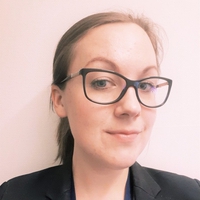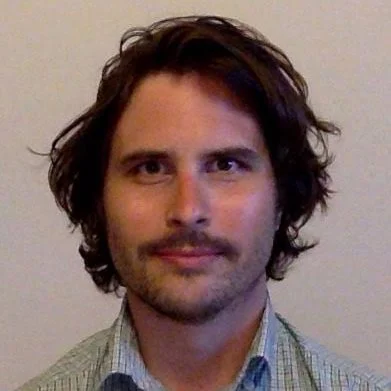Tidligere arrangementer - Side 31
Department seminar. Frederic Vermeulen is a Professor of Economics at the University of Leuven. He will present the paper: "Stable marriage, household consumption and unobserved match quality."
In this final seminar, Kjersti Aalbu will present the draft of her PhD thesis titled “Data politics in the governance of greenhouse gas emissions from international shipping”
Welcome to the next seminar of the semester, where we will host a talk by Oda Hovet (PhD candidate, Progida Group, Paulsen Group, EVOGENE, IBV).
Department seminar. Mihai-Robert Pasnicu is a Lecturer at the Department of Economics, University of Oslo.
Archaeological Friday seminar with Paloma González Marcén, who will present the PastWomen research network.
Ilaria Marazzina will present her ongoing Master's project on first language use in second language teaching.
Ilaria Marazzina will present her ongoing Master's project on first language use in second language teaching.
By Assistant Professor Dr. Emiliano Trucchi from the University of Ancona, Italy
Join us for a special CIMS seminar with Dr. Ricarda Stegmann .
Rubinur Khatun, Cosmology and Extragalactic Astronomy research group, Institute of Theoretical Astrophysics, University of Oslo.
Janne Krogh-Bj?rnerud kommer til Forskerseminaret i tekst og retorikk for ? snakke om sitt masterprosjekt om deliberativt n?rdemokrati i Drammen.
Department seminar. Florian Wagener is an Associate Professor in mathematical economics at the University of Amsterdam. He will present the paper: "Differential games of public investment" (written with Niko Jaakkola).
Til minne om Norges fremste astrofysiker og grunnlegger av Institutt for teoretisk astrofysikk, professor Svein Rosseland (1894 – 1985), arrangerer Institutt for teoretisk astrofysikk hvert ?r en Rosselandforelesning.
In this lecture, Dr. Ming-yeh Rawnsley will present and discuss Taiwanese-language films (taiyupian) and port city cinema.
Glenn ?. Wehus (MF)
In this lecture, Professor Bi-yu Chang discusses state policies and interventions in constructing ideas of identity and nationhood in Taiwan's educational system.
Offentlig sektor er introvert, og nytenkning m? til om vil skal bli bedre samordnet og mer innovative. Er tillitsreformen en del av l?sningen? Hvordan kan departementene bidra til at innbyggerstemmen blir h?rt av virksomhetene?
Eduard Kontar, Professor at School of Physics and Astronomy, University of Glasgow, UK.
Department seminar. Mikko Silliman is a Postdoctoral Fellow at the FAIR center at the Norwegian School of Economics (NHH).
Arkeologisk fredagsseminar om Svingerudsteinen med f?rsteamanuensis Steinar Solheim og professor Kristel Zilmer, begge tilknyttet Kulturhistorisk Museum.
Nele P?ldvere and Elizaveta Kibisova present their research on the grammatical differences between fake and genuine news in English and Russian.
I ?r udkommer den f?rste engelsksprogede akademiske antologi om multikunstneren Sjón (Sigurjón Birgir Sigur?sson). Gitte Mose, som er blandt tre redakt?rer, forteller om utgivelsen p? litter?rt instituttseminar.
Join us for a special CIMS seminar with IKOS Professor of Arabic and Arabic literature, Stephan Guth.











.jpg?alt=listing)

.jpg?alt=listing)







.jpg?alt=listing)